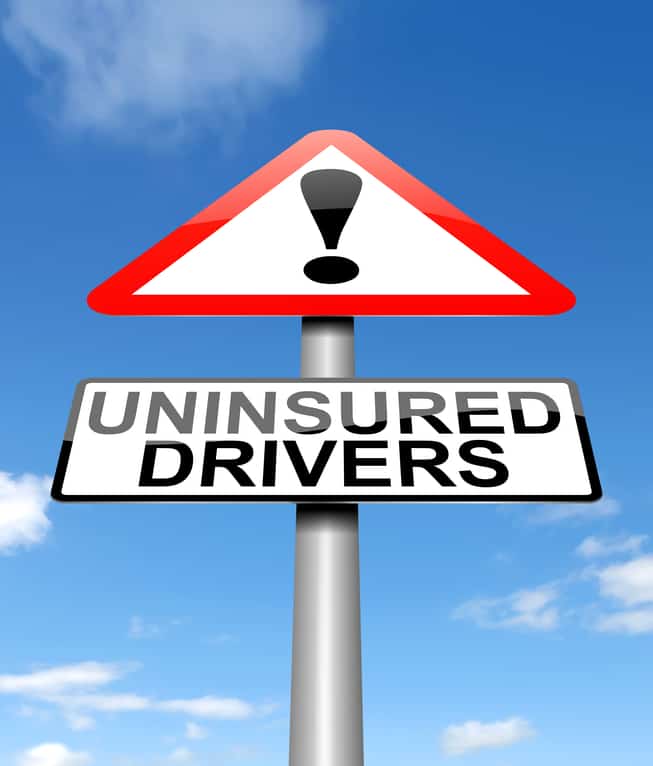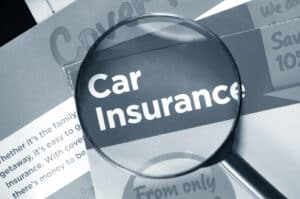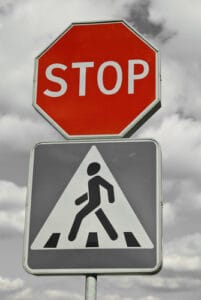Can Uninsured/Underinsured Motorist Insurance Cover Pedestrians?
April 16, 2023
Yes, pedestrians hurt in crashes can be covered by uninsured/underinsured motorist (UM/UIM) insurance. They aren’t covered in every situation, however, and there can be several situations, along with pedestrian accidents, in which UM/UIM coverage applies.
Here’s a closer look at how UM/UIM coverage works for pedestrians and others, along with details about how to pursue UM/UIM claims if you’re injured in a traffic accident.
When UM/UIM Coverage Applies to Pedestrians in Texas Accidents
First and foremost, UM/UIM coverage has to be part of your auto insurance policy for it to come into play and cover you after a crash. If you have this coverage, it applies to you and:
- Your spouse and children, including those away at school
- Pedestrian accidents involving an uninsured or underinsured driver, regardless of whether you are a driver or pedestrian when the wreck occurs
- Hit-and-run pedestrian accidents when you’re a pedestrian hit by a motorist who flees the scene

- The at-fault driver’s coverage kicks in first.
- UM/UIM only applies after the limits of the at-fault driver’s policy had been exhausted.
- UM/UIM coverage works more like gap insurance, rather than primary coverage, in these cases.
With hit and runs:
- Policies usually contain terms requiring police reports to be filed. That means that drivers or pedestrians who have been in a hit and run have to call police after the crash.
- Some policies may even require direct physical contact between the vehicle and the pedestrian.
Consequently, these cases focus on the at-fault driver’s coverage and/or actions, rather than what the victim(s) did at the time of the crash. In other words, pedestrians may be sitting at a bus stop, jogging on the road, or waiting at a crosswalk. As long as the driver is at fault and the pedestrian has UM/UIM insurance, that coverage can come into play.
Will UM/UIM Insurance Cover My Pedestrian Accident?

- Exclusions can apply: UM/UIM insurance exclusions detail circumstances under which the policy would not provide coverage. A common exclusion for UM/UIM coverage, for instance, is the “family member exclusion,” which states that coverage does not apply to accidents involving an at-fault family member in an uninsured vehicle and a victim who is also a family member. Additionally, many policies exclude coverage for crashes occurring in the commission of crimes.
- Specific steps have to be taken after a wreck: If you’re hit as a pedestrian and an uninsured driver is at fault, calling police after the accident is crucial to ensuring there’s a police report for the crash. Additionally, you’ll likely need to contact your insurer to report the accident ASAP. If you don’t take the right steps after a pedestrian accident, you could have a more challenging time pursuing a UM/UIM claim when it’s time to recover.
The best ways to determine if UM/UIM insurance will cover your pedestrian accident are to:
- Read your auto insurance policy, carefully reviewing the details, terms, and exclusions.
- Contact a pedestrian accident attorney to get more answers and prudent advice regarding your options for moving forward.
4 More Facts to Know About UM/UIM Coverage & Pedestrian Accidents
With UM/UIM insurance and pedestrian accidents, here are some other key facts policyholders should be aware of when it comes to this coverage and how it may apply to pedestrian accidents in Texas:
- Texas law requires insurers to offer UM/UIM coverage: If you don’t want this coverage, you have to reject it in writing. If an insurance company states you do not have this coverage, they should provide a copy of the form you signed rejecting this coverage. If they can’t do that, you may be able to argue that you do have this coverage due to the absence of a written waiver.
- UM/UIM coverage doesn’t simplify the claims process: In fact, it can be an uphill battle to get full, fair compensation. That’s because insurance companies are typically focused on protecting their bottom lines. Often, that means insurers looking for ways to limit or avoid payouts. Specifically, that can involve insurers dragging out claims (to compound financial stress), wrongly denying coverage, or blaming the victim for the accident. When this happens, an attorney can provide essential support and advocacy.
- There are strict deadlines for filing UM/UIM claims in Texas: The statute of limitations for UM/UIM claims in Texas is two years. Missing this deadline can mean losing the opportunity to pursue compensation. That’s why it’s so crucial to take prompt action after a pedestrian accident.
- An attorney can help set UM/UIM claims up for success: An experienced car accident lawyer can gather evidence of fault, initiate claims, and work with insurers to advance those claims to favorable outcomes. That can mean pushing back against lowball offers, fighting wrongful denials of claims, and standing up to insurance companies every step of the way.
How Do I File a UM/UIM Claim for a Pedestrian Accident?
Initiating a UM/UIM claim for a pedestrian accident officially starts when you report a crash to your insurance company. Nevertheless, the unofficial process can start much earlier, like right after the wreck when you call police to report the accident.
While you can take the reins to get your claim started by dealing with the insurance company directly, it’s generally in your best interests to consult a lawyer first and:
- Get answers and advice about your potential claim.
- Find out more about the process ahead and what to expect as you proceed.
If you do, you can improve your chances of avoiding any mistakes that may derail your claim. And you can get the counsel you may need to seek full, fair compensation from your pedestrian accident claim.
